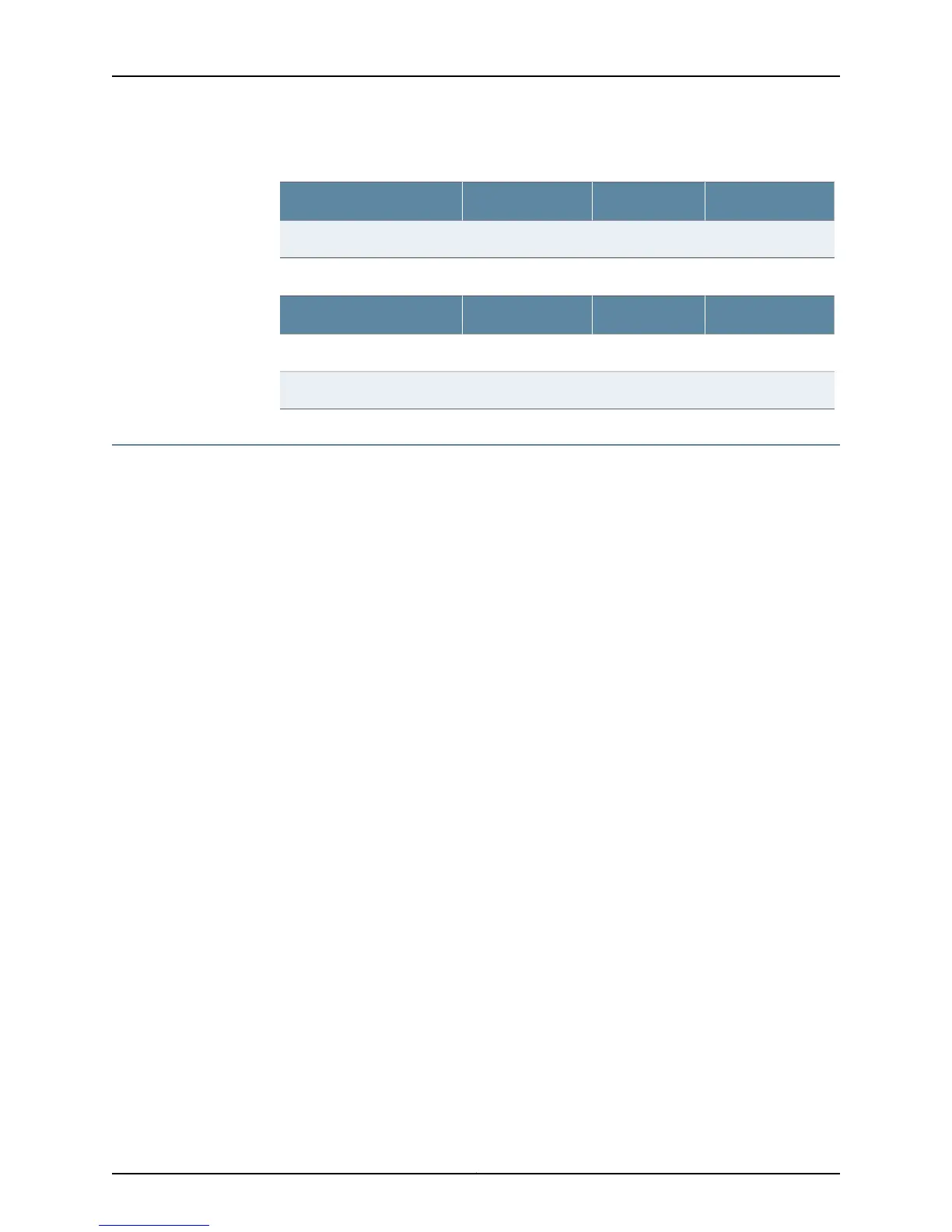Table 110: VPLS Forwarding Table on PE 2 for VPLS A (continued)
Received LabelOutgoing LabelMAC AddressInterface
107421a1a.1a1a.1a1aVPLS virtual core interface
Table 111: VPLS Forwarding Table on PE 2 for VPLS B
Received LabelOutgoing LabelMAC AddressInterface
––4b4b.4b4b.4b4bBridged Ethernet 2/0.21
872632b2b.2b2b.2b2bVPLS virtual core interface
Subscriber Policies for VPLS Network Interfaces Overview
The router associates a VPLS network interface, as it does a bridge group interface, with
a default subscriber policy that enables intelligent flooding of packets within a VPLS
domain. This section describes how subscriber policies work and explains some important
considerations when you use subscriber policies for VPLS instances. The requirements
and procedures for subscriber policies are the same whether you employ BGP or LDP
signaling for VPLS.
•
Network Interface Types on page 577
•
Default Subscriber Policies on page 577
•
Modifying Subscriber Policies on page 578
•
Considerations for VPLS Network Interfaces on page 579
Network Interface Types
VPLS instances, like bridge groups, support two types of network interfaces:
•
Subscriber (client)—A subscriber (client) interface is downstream from the traffic flow;
that is, the traffic flow direction is from the server (trunk) to the client (subscriber).
This is the default network interface type for both VPLS instances and bridge groups.
•
Trunk (server)—A trunk (server) interface is upstream from the traffic flow; that is, the
traffic flow direction is from the client (subscriber) to the server (trunk). To configure
a trunk interface, you must specify the subscriber-trunk keyword as part of the
bridge-group command. The VPLS virtual core interface always acts as a trunk
interface, and cannot be configured as a subscriber interface.
Default Subscriber Policies
Each network interface is associated with a default subscriber policy for that interface
type. The subscriber policy is a set of forwarding and filtering rules that defines how the
specified interface handles various packet or attribute types, as follows:
577Copyright © 2010, Juniper Networks, Inc.
Chapter 11: VPLS Overview
